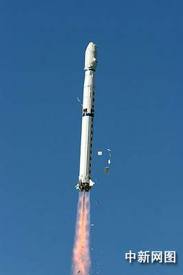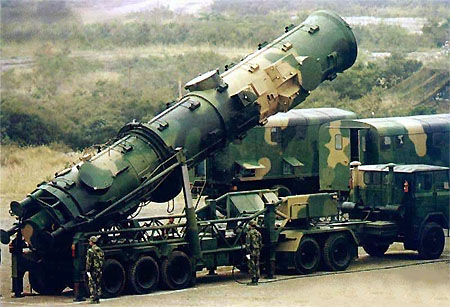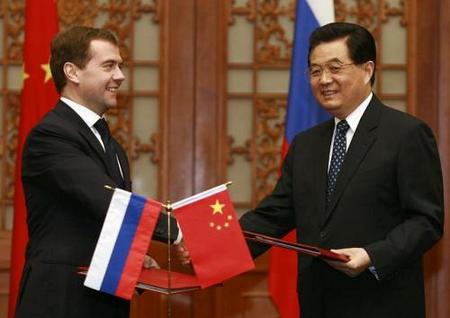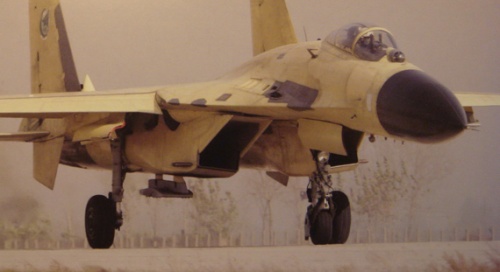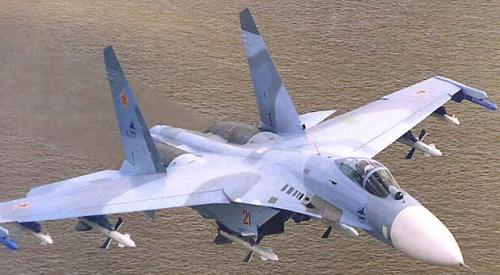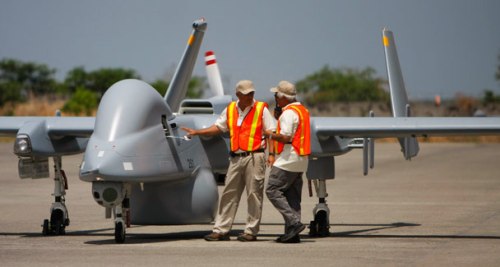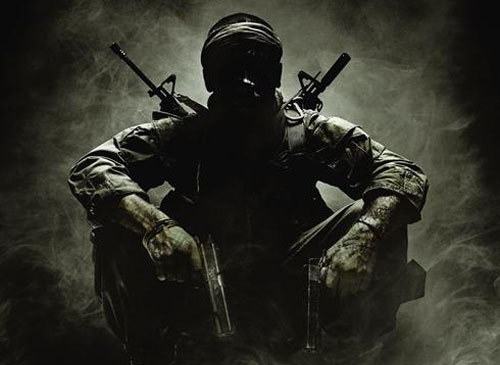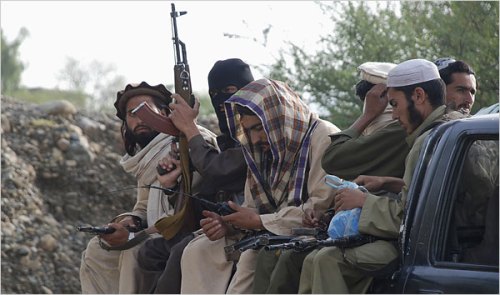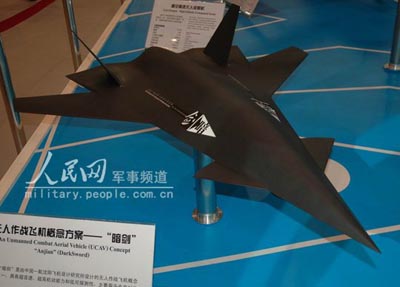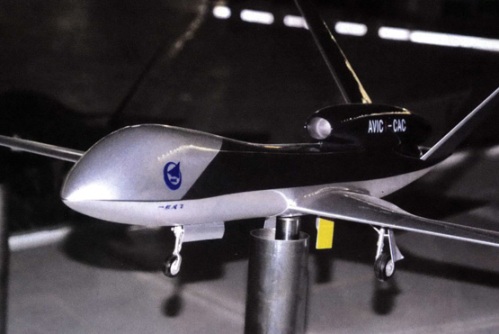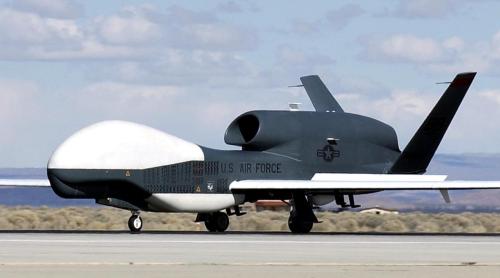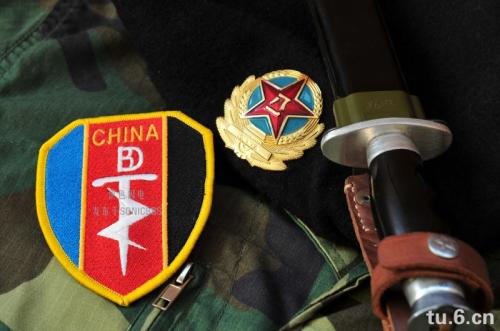
China-United States: Two states that never intend harm can begin to perceive each other as growing threats
What’s going in Pacific these days is very interesting, America’s concerns about rising Iran and China’s defences within a region is one rise. How should America respond to that? The collapse of the Soviet Union had persuaded China’s leaders that an arms race with the world’s only superpower could squander enough money to pose a threat to the party’s grip. To challenge America head on made no sense. Instead China put its efforts into affordable “asymmetric” weapons. Earlier December, Economist published an extensive REPORT on rising China, with oulining the options US have in western pacific. China is becoming a military force to reckon with in the western Pacific. How should America respond? According to this report Three areas of the People’s Liberation Army’s (PLA) modernisation stand out. Before I comment of these, have a look:
First, China has created what the Pentagon calls “the most active land-based ballistic- and cruise-missile programme in the world”. The Second Artillery ( is the strategic missile forces of the PLA) has about 1,100 short-range ballistic missiles facing Taiwan and has been extending their range and improving their accuracy and payload. The Second Artillery is also improving its medium-range ballistic missiles, able to carry either conventional or nuclear warheads. PLA is developing the world’s first anti-ship ballistic missile, fitted with a manoeuvrable re-entry vehicle for added menace.
Second, China has transformed and enlarged its submarine fleet, which can now berth in the newly completed base on Hainan Island. In the eight years to 2002 China bought 12 Russian Kilo-class submarines, a big improvement on its own Ming and Romeo class boats. Since then the PLA navy has been introducing longer-range and stealthier Chinese designs, including the nuclear-powered Jin class, which carries ballistic missiles, and the Shang class, a nuclear-powered attack submarine. China has about 66 submarines against America’s 71, though the American boats are superior. By 2030, according to the Kokoda Foundation, an Australian think-tank, China could have 85-100 submarines.
Finally, China has concentrated on what it calls “informatisation”, a tongue-twister that Jiang Zemin coined in 2002 to describe how the PLA needs to function as one force, using sensors, communications and electronic and cyber-warfare. China now has a good idea of what is going on far into the Pacific, thanks to a combination of satellites, over-the-horizon radar, medium-range surface-wave radars, reconnaissance drones and underwater-sensor arrays.
What does this amount to? Military experts in America, Australia and Japan think China’s new arsenals are a greater threat than its higher-profile plans to launch aircraft-carriers in the next decade or so. According to the Centre for Strategic and Budgetary Assessments (CSBA), an American research institute, Chinese firepower threatens America’s Asian bases, which until now have been safe from all but nuclear attack. The Second Artillery’s missiles could swamp the bases’ defences and destroy runways as well as large numbers of fighters and ships. Japan is already within range of Chinese missiles, many of them currently pointing at Taiwan.
PLA’s Modernisation
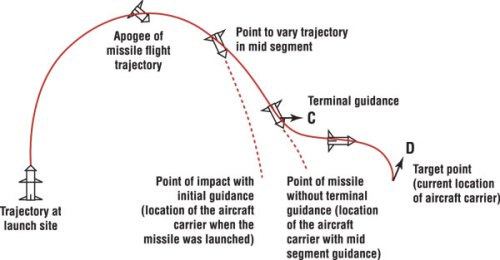
The U.S. Department of Defense has confirmed the existence of the DF-21D land-based ASBM system, which is the world’s first and only of its kind. By combining manoeuvrable re-entry vehicles (MaRVs) with a terminal guidance system, the DF-21C is capable of targeting a slow-moving aircraft carrier battle group from a land-based mobile launcher. The maximum range of the missile was said to be 3,000km, possibly achieved by carrying a smaller payload.
Considering the first modernisation: Currently China is developing a land based DF-21D (Nato reporting name CSS-5 Mod-4) Anti-ship ballistic missile (ASBM). DF-21D ASBM is based on DF-21 (see above) is a two-stage, solid-propellant, single-warhead medium-range ballistic missile (MRBM). Its beauty is being High Hypersonic (capable of cruising at Mach 10). It has a range of 3,000 km (1,900 miles). This extends the range of DF-21 upto Malacca, Strait (Refer to the figure taken from Economist):
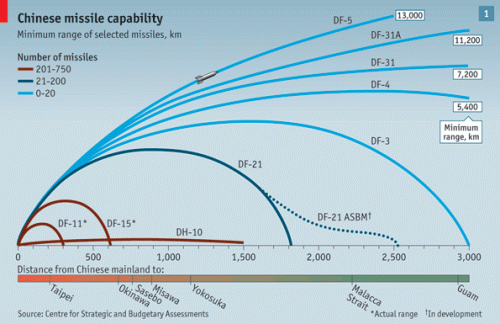
China’s submarines, missiles and anti-ship cruise missiles threaten America’s aircraft-carrier strike groups within 1,000 to 1,600 nautical miles of the Chinese coast
DF-21D ASBM – would be the world’s first and only ASBM and the world’s first weapons system capable of targeting a moving aircraft carrier strike group from long-range, land-based mobile launchers. It is evident today China can project power out from its coastline well beyond the 12-mile (19km) limit that the Americans once approached without a second thought. These would combine maneuverable reentry vehicles (MaRVs) with some kind of terminal guidance system. Launch of the Jianbing-5/YaoGan-1 (shown below) and Jianbing-6/YaoGan-2 satellites would give the Chinese targeting information from SAR (Synthetic Aperture Radar) and visual imaging respectively.
The upgrades would greatly enhance China’s ability to conduct sea-denial operations to prevent US carriers from intervention in the Taiwan Strait. DF-21D highlights the fact that the U.S. can no longer assume naval supremacy. China has recently launched a series of satellites to support its ASBM efforts. This range includes: Yaogan-VII electro-optical satellite (December 2009), Yaogan-VIII synthetic aperture radar satellite (December 2009) and Yaogan-IX Naval Ocean Surveillance System (NOSS) constellation (3 satellites in formation) (March 2010).
Furthermore, The DF-21 has also been developed into space launcher and anti-satellite/anti-missile weapon carrier named Kaituozhe 1 Space Launch Vehicle. KT-1 (see below) is a four-stage, solid-propellant space launcher based on the DF-21 design. It is capable of placing up to 50kg payload into 600km Low Earth Orbits (LEO). The launcher made its maiden flight in September 2002 and then a second flight in September 2003, none of which was fully successful. CASIC also developed a larger KT-1A, which is capable of sending 300kg payload into the Geostationary Transfer Orbit (GTO) and polar orbit, and the KT-1B with even greater payload capability (400kg and up to three separate payloads). None of the two designs has ever been launched.
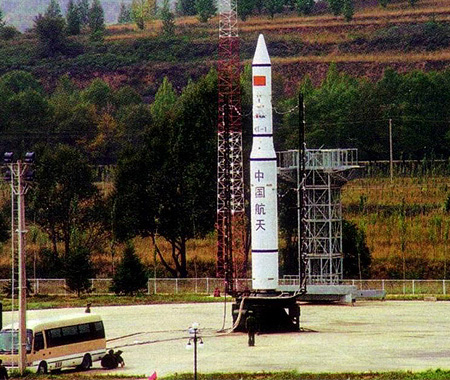
A larger size KT-2A (later renamed KT-1B) was designed for polar orbits missions with greater payload capability (~400kg and up to three separate payloads)
According to a report by Aviation Weeks and Space Technology on 17 January 2007, U.S. intelligence agencies believed that China carried out a successful anti-satellite (ASAT) weapon test on 11 January, destroying the retired FengYun-1C meteorological satellite with a kinetic kill vehicle launched onboard a modified intermediate-range ballistic missile. The launch vehicle used during the test was speculated to be the KT-409, a derivation of the KT-1 solid-propellant space launch vehicle. The report suggested that the FengYun-1C satellite (launched in 1999) was attacked by an ASAT system launched from an unknown location near Xichang Satellite Launch Centre (XSLC) as the satellite at 530 miles (853km) altitude 4 degree west of Xichang. The attack occurred at about 17:28 EST on 11 January 2007 (22:28 GMT, 06:28 on 12 January local time).
Originally developed for strategic purposes, the DF-21’s later variants were designed for both nuclear and conventional missions. As well as a nuclear warhead of around 300kt, it is thought that high explosive, submunition and chemical warheads are also available. Final in the DF-21 class is SC-19 Kinetic Kill Vehicle Carrier. The launch vehicle for the kinetic kill vehicle (KKV) used during China’s first ASAT weapon test in January 2007 was reported to be SC-19, a modified variant of the DF-21 or KT-1.
Pacific in name only
Comming back to the Economist report, the article concludes that cold warriors are suffering from a bad case of “enemy-deprivation syndrome”. For all the uncertainties in this debate, three things are beyond dispute. These are:
First, China has already forced American ships to think about how and when they approach the Chinese coast. The closer American vessels come, the more missiles and submarines they face and the less time they would have to react to a strike. To deny America possession of seas it has dominated for decades, China does not need to control its own coastal waters; it just has to be able to threaten American ships there.
Second, China’s ability to project power is improving. Its submarines, fighter aircraft, missiles, and cyber- and electronic warfare, once poor, now pose a threat. China’s weapons will continue to improve, and its forces will gather experience. Provided that the economy does not fall over, budgets will grow, too, absolutely and possibly as a share of GDP. Other things being equal, China can project power into its backyard more easily than America can project power across the Pacific Ocean.
Third, although the United States is able to respond to China, it will have to overcome some obstacles first. America’s military spending in Asia is overshadowed by the need to cut overall government spending and by other military priorities, such as Afghanistan.
All this points to an important principle. Military planning is framed differently from diplomacy. Diplomats are interested in what they think states intend to do, but military planners have to work with what they think states can do. Intentions change and states can mislead. If you are charged with defending your country, you need to be able to meet even improbable threats.If you do not arm, you leave yourself open to attack. If you do, you threaten the other country.
Sources: A special report on China’s place in the world [The Economist, 2 December 2010]. Sino-Defence.com [4th June 2010]
